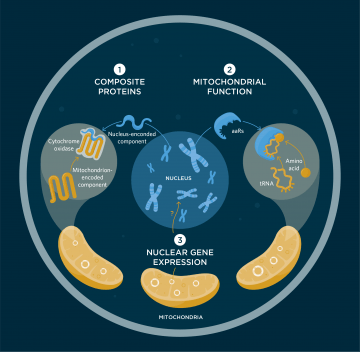Viviane Callier in The Scientist:
 From Alaska down to the Baja Peninsula, the rocky tide pools of North America’s West Coast are separated by hundreds of kilometers of sandy beaches. Inside those tide pools live Tigriopus californicus copepods, small shrimp-like animals that evolutionary biologist Ron Burton has been studying since he was an undergraduate at Stanford University in the 1970s. During those early days of DNA technology, Burton became curious how the genomes of the isolated copepod populations compared.
From Alaska down to the Baja Peninsula, the rocky tide pools of North America’s West Coast are separated by hundreds of kilometers of sandy beaches. Inside those tide pools live Tigriopus californicus copepods, small shrimp-like animals that evolutionary biologist Ron Burton has been studying since he was an undergraduate at Stanford University in the 1970s. During those early days of DNA technology, Burton became curious how the genomes of the isolated copepod populations compared.
While still at Stanford, Burton sequenced the mitochondrial gene cytochrome c oxidase subunit one, the standard marker people used at the time for species identification, and discovered that the copepod populations were strongly differentiated: on average, there was a 20 percent sequence divergence in this gene between populations. When he crossed Santa Cruz copepods with animals from San Diego, the hybrids did fine, but when he bred them to one another, their offspring did not do well, taking longer to develop, producing fewer offspring, and having lower survival. “That was the first indication that there was some sort of genetic incompatibility developing between these isolated populations,” says Burton, now a professor at the Scripps Institution of Oceanography in San Diego.
More here. [Thanks to Jonathan Beams.]
